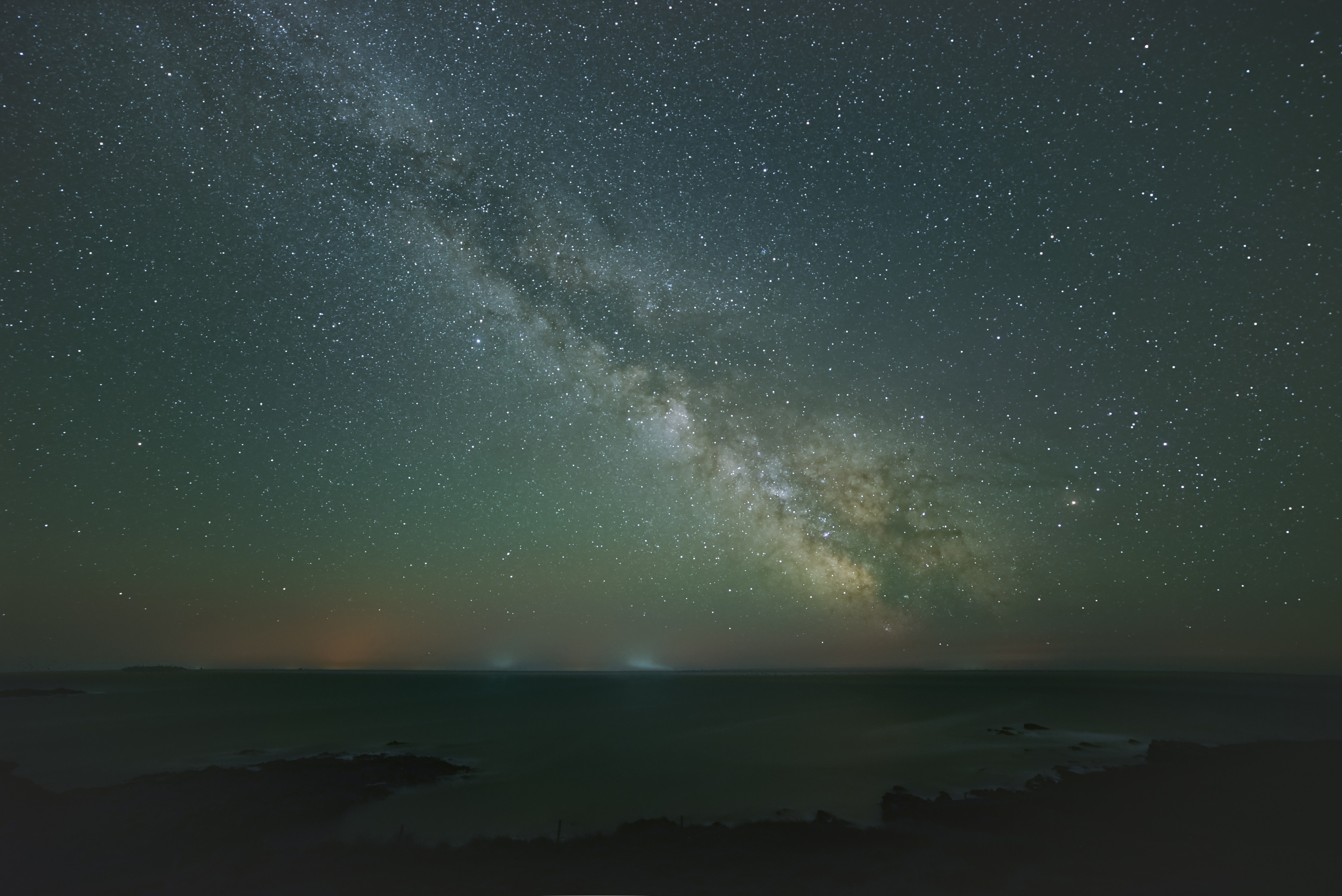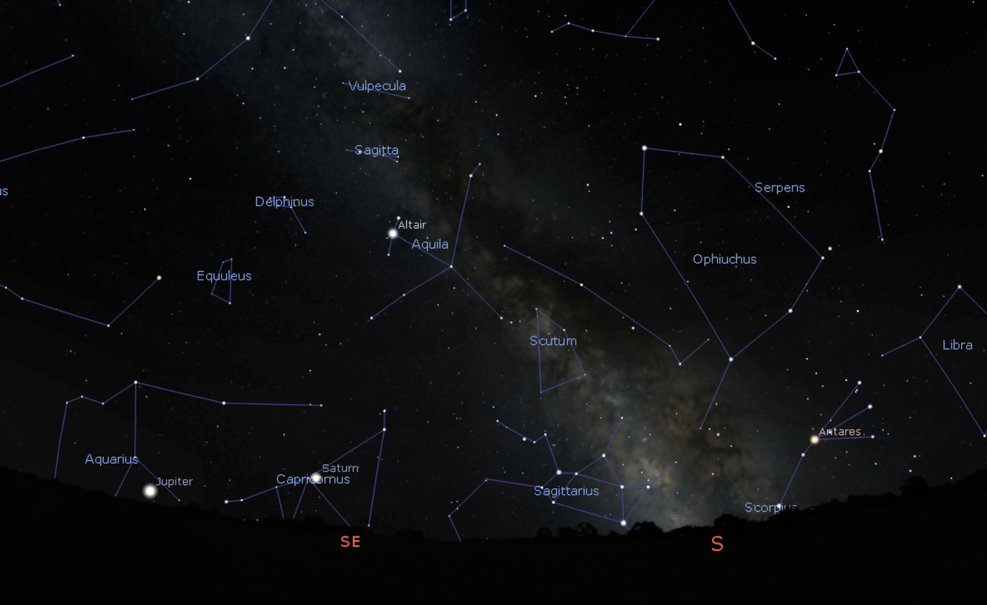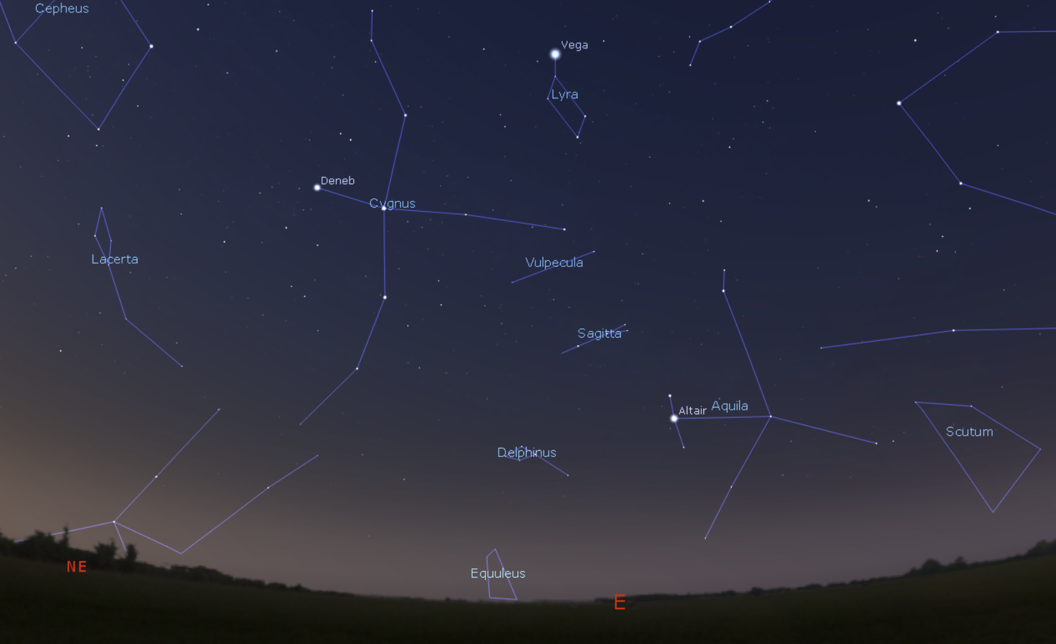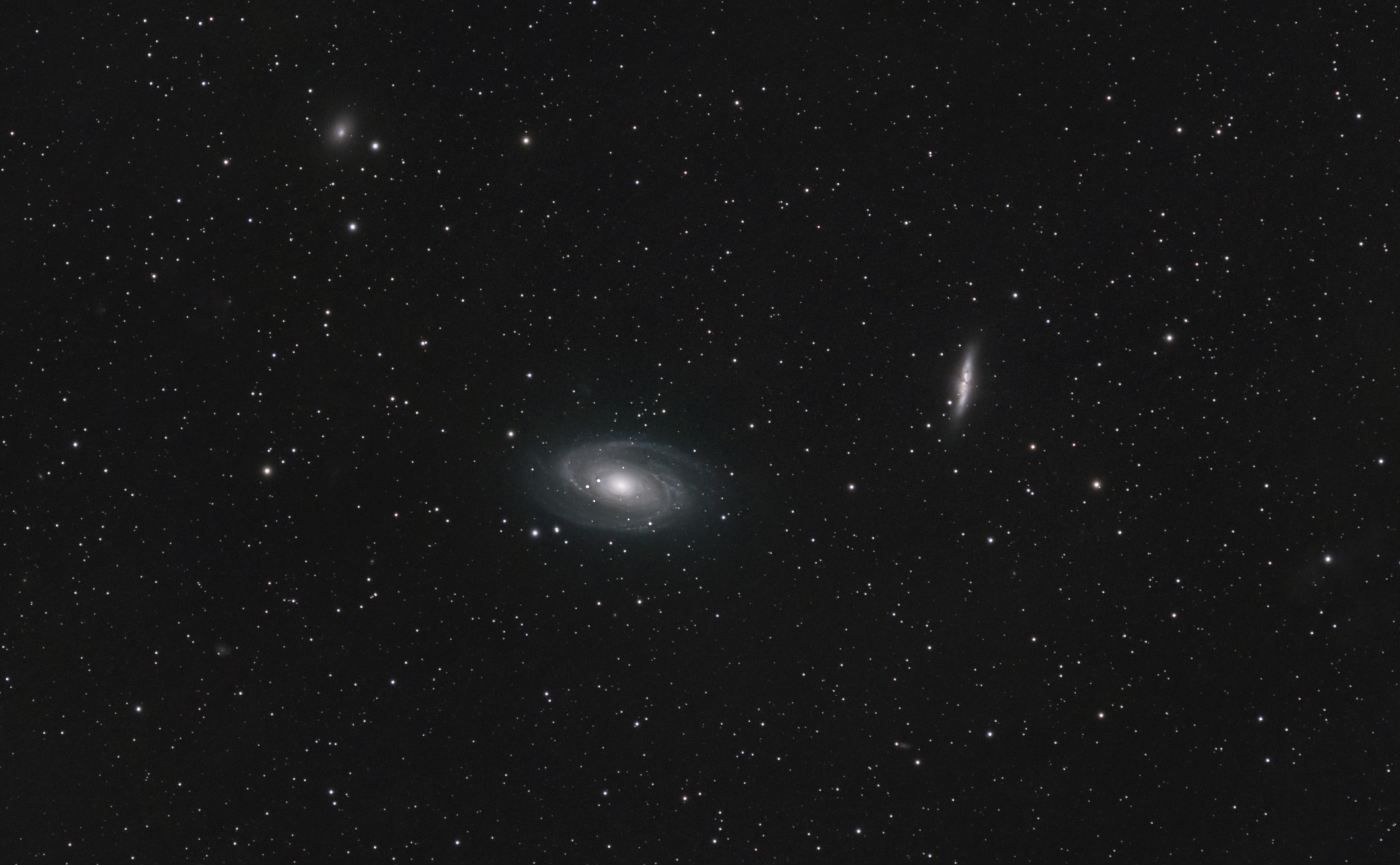
The shortest night of the year falls on 21 June, with the sun being below the horizon for less than eight hours. And as well as many fascinating night sky sights to see, this month also hosts an exciting day-time astronomical phenomenon, a partial solar eclipse.
Partial solar eclipse
Shortly after 10am (UK time) on the morning of 10 June, the moon’s path around earth takes it almost directly between the sun and the earth, significantly reducing the amount of light reaching our planet. In the south of the UK, around a third of the sun’s disc will be eclipsed by the moon, with the north of the UK experiencing a greater eclipse of around 50%.
----------------------------------------------------------------------------------------------------------------------------------
Warning: It is not safe to look directly at the sun, or point optical equipment, such as cameras, binoculars and telescopes at it. Even when partially eclipsed, eyes and equipment can be damaged instantly. Specially made filters and glasses are available, through which you can safely observe and photograph the sun, but these must be checked carefully first, to ensure they are not scratched or damaged.
----------------------------------------------------------------------------------------------------------------------------------
For the best chances of being able to observe the moon obscuring the sun, you’ll need an appropriate safety filter, and an unobstructed view to the south east. The point of greatest eclipse will take place shortly after 11.10am, around an hour after the event begins. The moon will then gradually move away, uncovering the sun over the next hour.
We’ll have to wait until October next year for the next partial solar eclipse in the UK, so here’s hoping for clear skies, and good luck if you are hoping to observe this partial eclipse!
The night sky
While the night sky doesn’t get as dark at this time of year, due to the sun’s relative proximity to the horizon during the night, this continues to bring about the possibility of seeing rare and beautiful noctilucent clouds. For more information on how and where to see these, check out last month’s astronomy blog.

Jupiter and Saturn are increasingly prominent in the early morning skies, and will rise earlier and appear gradually brighter over the next few months, as earth catches up with them on its closer, faster orbit around the sun. Saturn rises in the south east around midnight this month, with brighter Jupiter following less than an hour later. The gas giant planets will both be at ‘opposition’ (the closest point in their respective orbits to earth) in August.
Having blotted out part of the sun on 10 June, the moon will have travelled around the earth to be on the opposite side to the sun by 24 June, where it will appear full and low in the southern night sky in the constellation of Sagittarius.

As darkness starts to fall late in the evening through June, the first stars to appear in the East will likely be Vega, Deneb and Altair. This trio form what is known as the ‘Summer Triangle’, so called because it will appear high overhead through the nights of the summer months. These stars are among the brightest in our skies, and each has some remarkable features when compared to our own star, the sun.
Altair appears bright because it is relatively close to earth at ‘just’ 16 light years away. It is only slightly larger than our sun, but spins considerably faster, so much so that its shape is not spherical, but flattened at the poles due to forces created by the spin. While our sun takes approximately 25 days to rotate on its axis, Altair takes just nine hours!
Vega is a little further away, but still relatively close at around 25 light years. It also spins fast, taking around 13 hours to rotate, despite being nearly two and a half times larger than our sun. Earlier this year, scientists studying Vega believe they have found signs of a large, Neptune-sized planet travelling around the star so closely that it completes one orbit (or year) every two days.
Deneb is a monster star! Its characteristics make it hard to measure exactly, but it is between 100 and 200 times the size of our sun, and shines between 50,000 and 200,000 times more brightly. The reason it appears to our eyes to have a similar brightness to Vega and Altair, is that this immense star sits between 1,500 and 2,500 light years away. If it were the same distance as the other two, it would cast shadows here on earth at night!

Did you know: There are more than 3,000 satellites in orbit around the earth, and many of them can be seen with the naked eye, particularly soon after sunset and before sunrise. The tilt of the Earth means that the sun does not set far beneath the horizon in the UK’s summer, and so the sun’s light bounces off the underside and solar panels of the satellites as they pass over.
How to recognise a satellite: Satellites often look like moving stars, and can be visible for seconds, or even minutes, with some getting brighter or dimming as they move across the sky. If the object streaks across the sky and is visible for just a moment, it is most likely a meteor, and while some planes move across the sky at a similar speed to satellites, their flashing lights give away that they are an aircraft, and not a spacecraft!
Unfortunately the orbit of the largest satellite, the International Space Station, means it will not pass over the UK during the night this month, but it will be visible in our skies again in July.
And finally…
In May, China became the third nation to successfully land on Mars, as their 240kg Tianwen-1 rover touched down safely on an icy part of the planet called Utopia Planitia. The rover had been launched last summer, and went into orbit around Mars in February. It is equipped with a number of scientific instruments, including a ground-penetrating radar, to study what is beneath the surface of the red planet.
Leave a comment